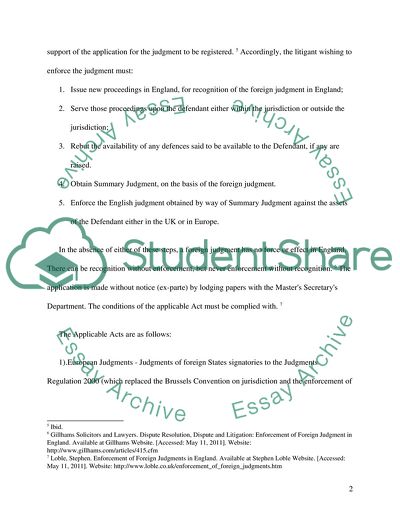Cite this document
(Analysis of the Role of the Brussels Regulation and Lugano Convention Coursework - 1, n.d.)
Analysis of the Role of the Brussels Regulation and Lugano Convention Coursework - 1. Retrieved from https://studentshare.org/law/1751035-coursework-law-paper
Analysis of the Role of the Brussels Regulation and Lugano Convention Coursework - 1. Retrieved from https://studentshare.org/law/1751035-coursework-law-paper
(Analysis of the Role of the Brussels Regulation and Lugano Convention Coursework - 1)
Analysis of the Role of the Brussels Regulation and Lugano Convention Coursework - 1. https://studentshare.org/law/1751035-coursework-law-paper.
Analysis of the Role of the Brussels Regulation and Lugano Convention Coursework - 1. https://studentshare.org/law/1751035-coursework-law-paper.
“Analysis of the Role of the Brussels Regulation and Lugano Convention Coursework - 1”, n.d. https://studentshare.org/law/1751035-coursework-law-paper.


